FALLING APART
The ever-present danger of ocean islands
Volcanic islands are prone to large and small landslides. They may be large or small Rockfalls that occur very frequently and they may be Debris Flows that happen during heavy rains. Sector Collapse, unique to Volcanoes are also present in Cape Verde and can occur every 30 million years. In the marine setting, landslides transport nutrients and sediments to the coast and the ocean, which can cause a lot of destruction but also favor primary production.
What are landslides?
Material such as rock and soil moving downslope
Unpredictable: A normal erosional process that can happen anytime.
Compare Fogo, Sao Vicente and Maio and see the power of erosion.

What types of landslides are there?
Click on the red dots to explore the different types
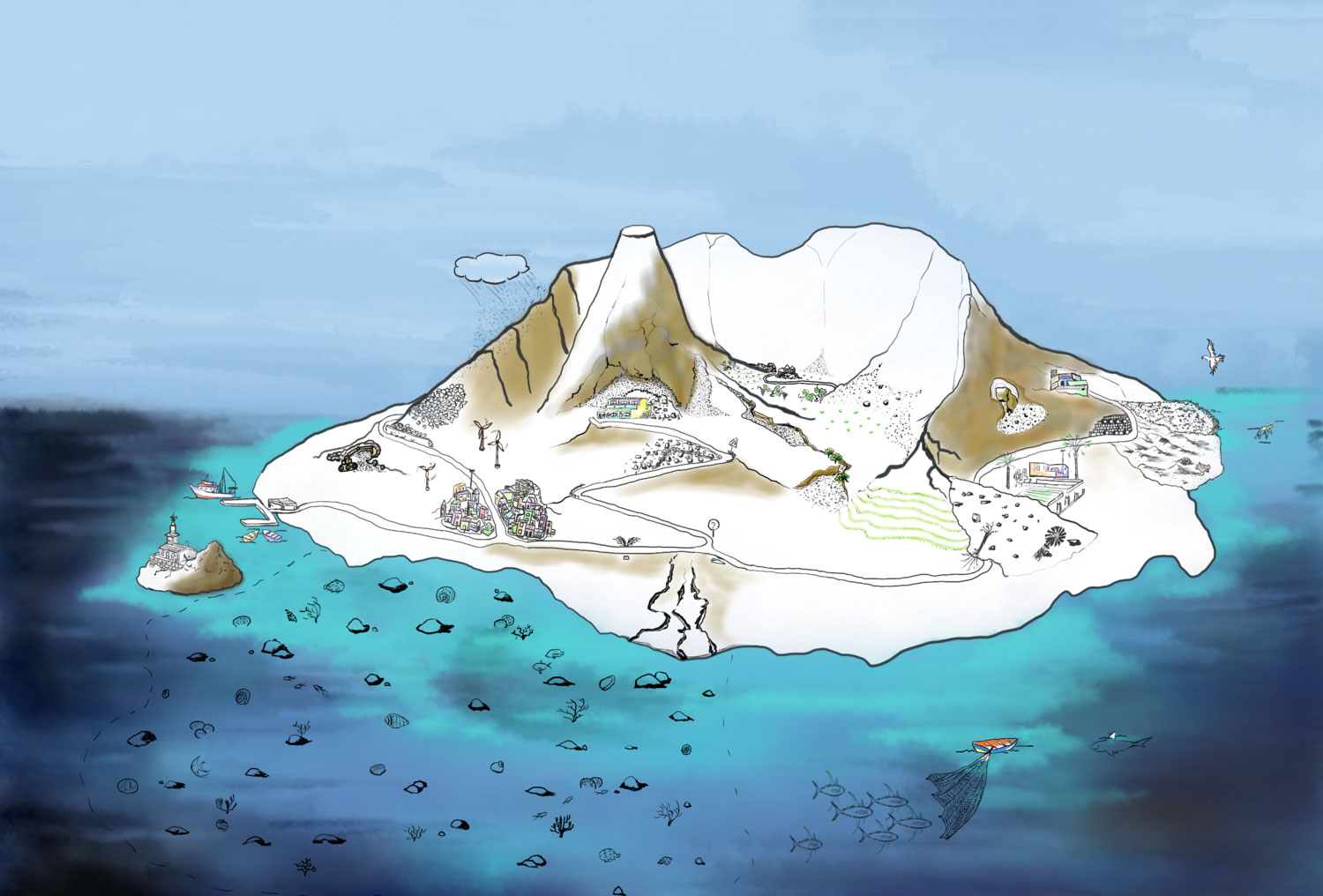
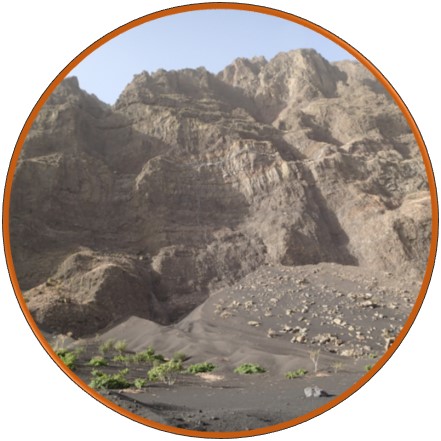
Falling Rocks
Rocks coming loose from a slope:
This can happen every day.
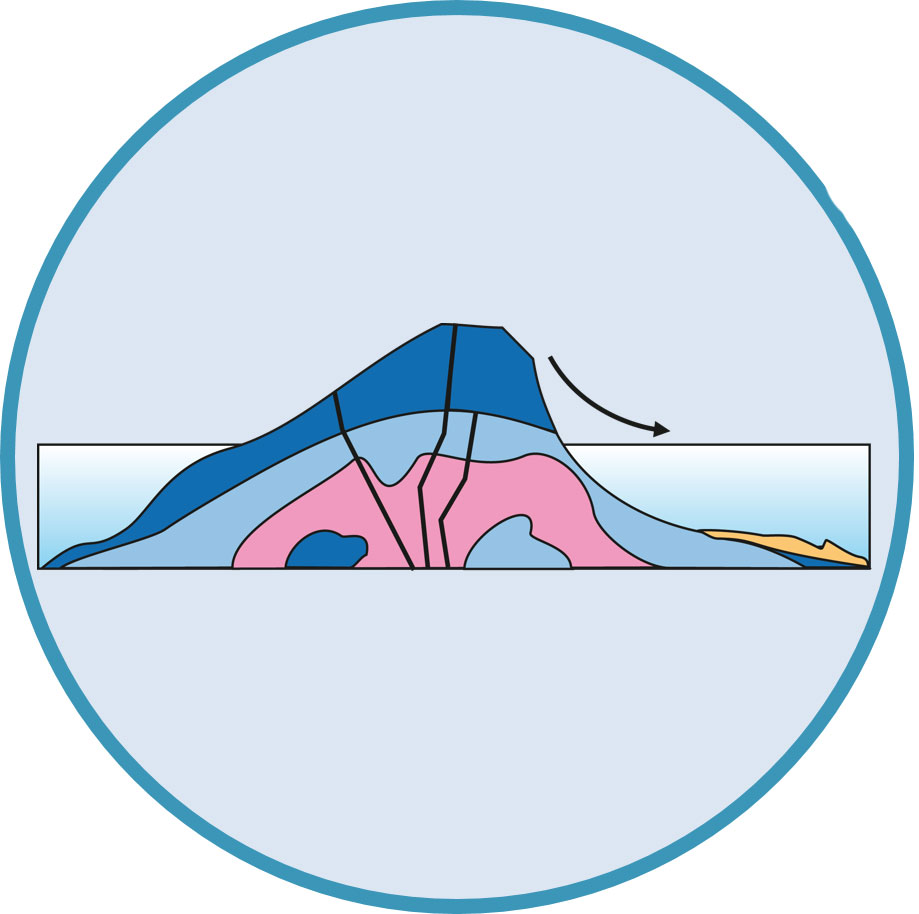
Sector collapses
Huge chunk of the volcano crumbles into the sea. Can collapse every 20 to 30 million years.
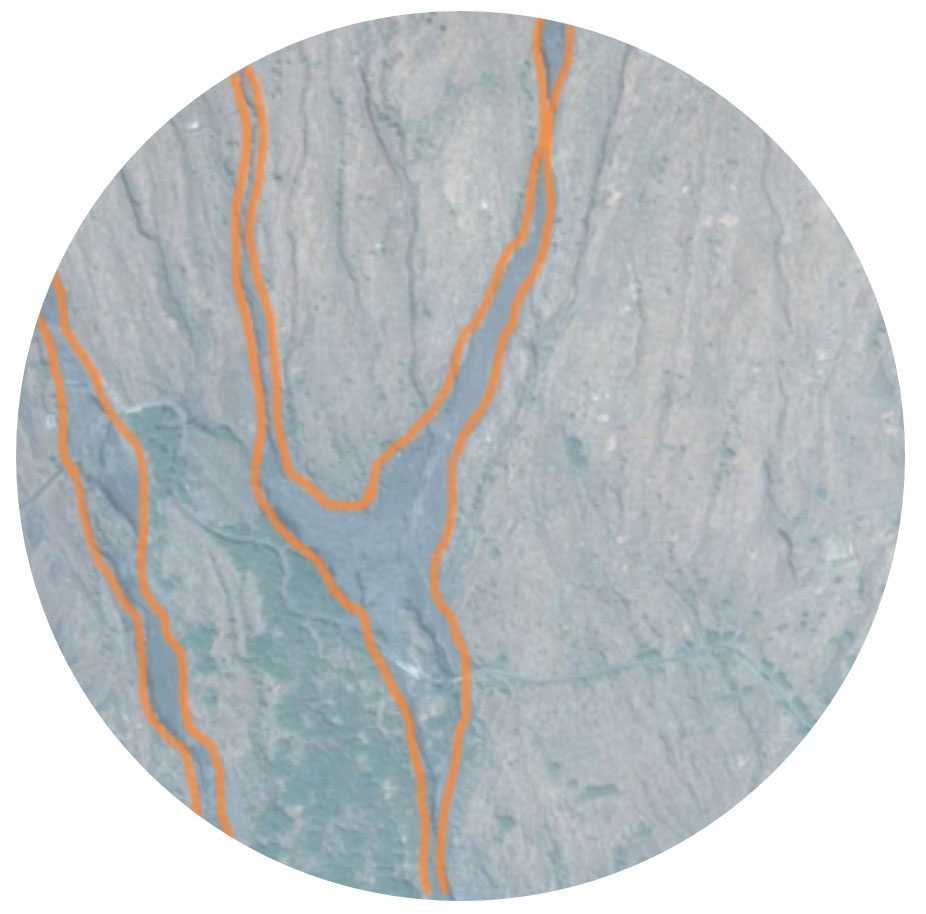
Debris flows
Cement-like mixture of rocks and mud flowing downstream. This can occur during rainy seasons.
What triggers landslides?
- Volcanic activity
- Rainfall
- Induced by man
- Stream erosion
- Earthquakes
Why do slopes become prone to landslides?
Some examples would be:
- the presence of weak rocks such as those allitered by hot fluids
- loose rocks such as volcanic gravel from a recent eruption
- people changin the landscape such as by making slopes steep along road cuts
- slopes becoming soaked and heavy due tu rain

How do landslides affect people?
Apart from immediate harm during a landslide event, landslides also cause destruction to private and public property such as houses, farms, and roadworks. This affects the supply and transport of goods and important utilities like water and electricity. This exacerbates the destruction to a more long-term effect.
Pictures to the right were posted here:
Rainfall disaster in the Cape Verde Islands
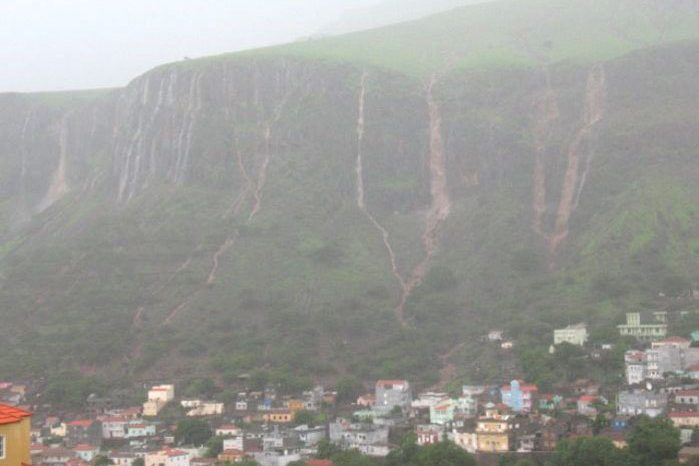
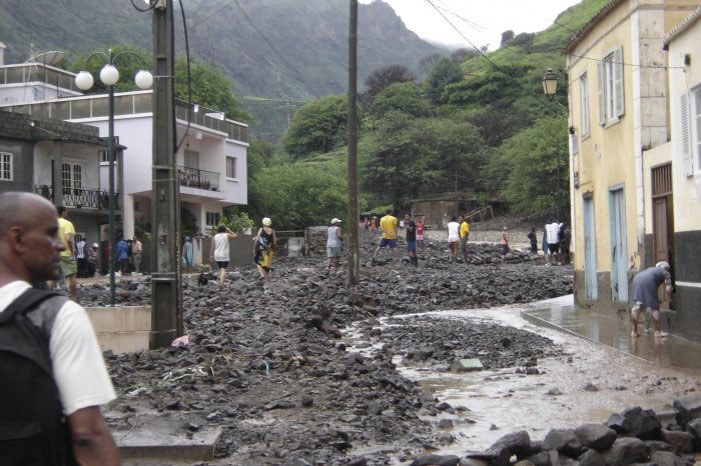
How do landslides affect marine life?
Negative influence
Water becomes unclear for a short time and there lower light: This reasults in decreased photosynthesis.
It can form barriers which hinders the hatching of the egg. Or ich can cut off access to spawning and feeding grounds
But not all is lost!
Sediments contain nutrients fertilizing aquatic ecosystems.
Organic matter in the debris becomes food for marine life while newly built rock piles provide substrate for organisms like corals and refuge.
How do Cabo Verdeans live with landslides?
Hard measures for mitigation are to build retaining walls, terraced slopes, roadside barriers or drainage channels.
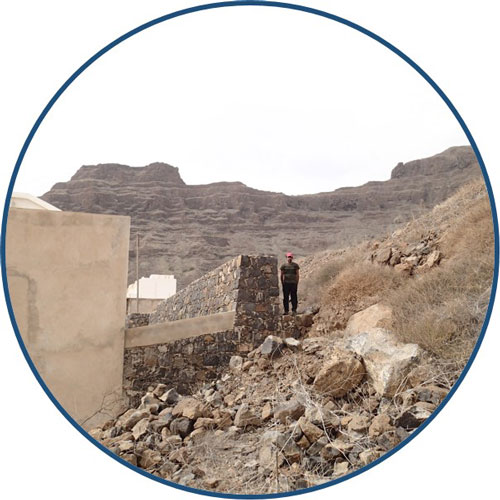
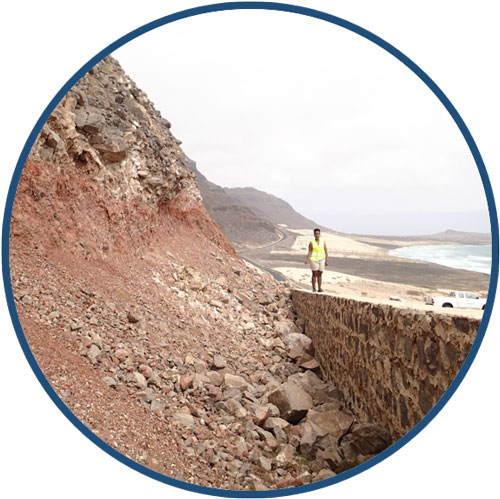
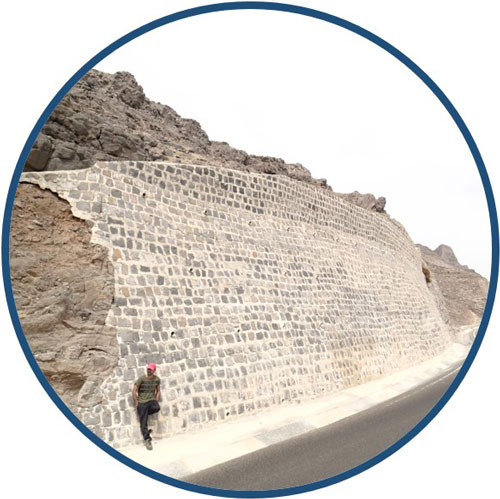
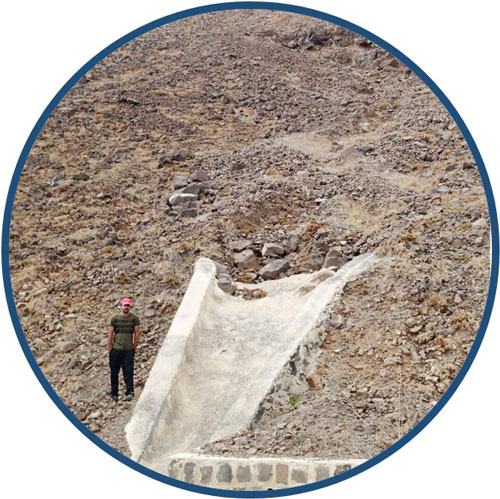
“Soft” measures are to know your terrain: Cauting during heavy rains!
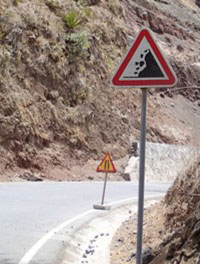
Katelene Delgado (UniCV), Tatum Herrero (HOSST), Najeem Shajahan (TOSST) and Wanxuan Yao (HOSST)
